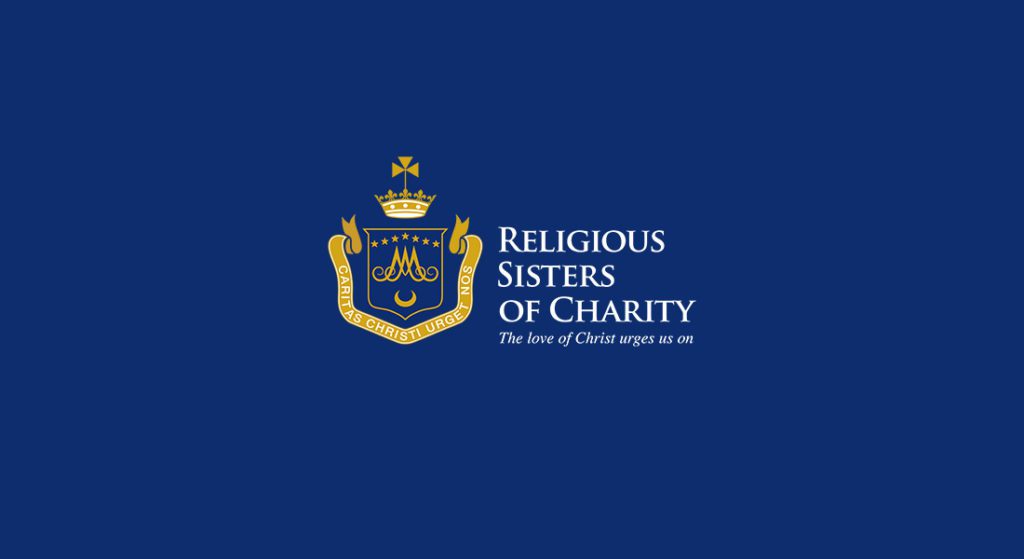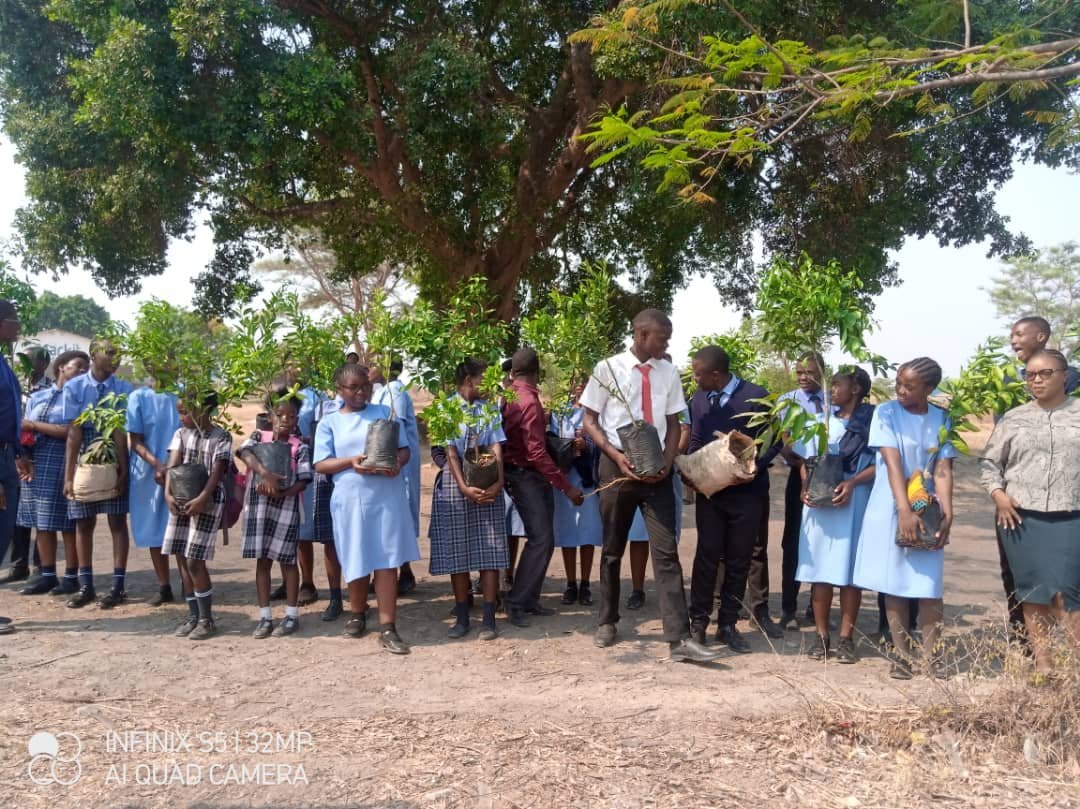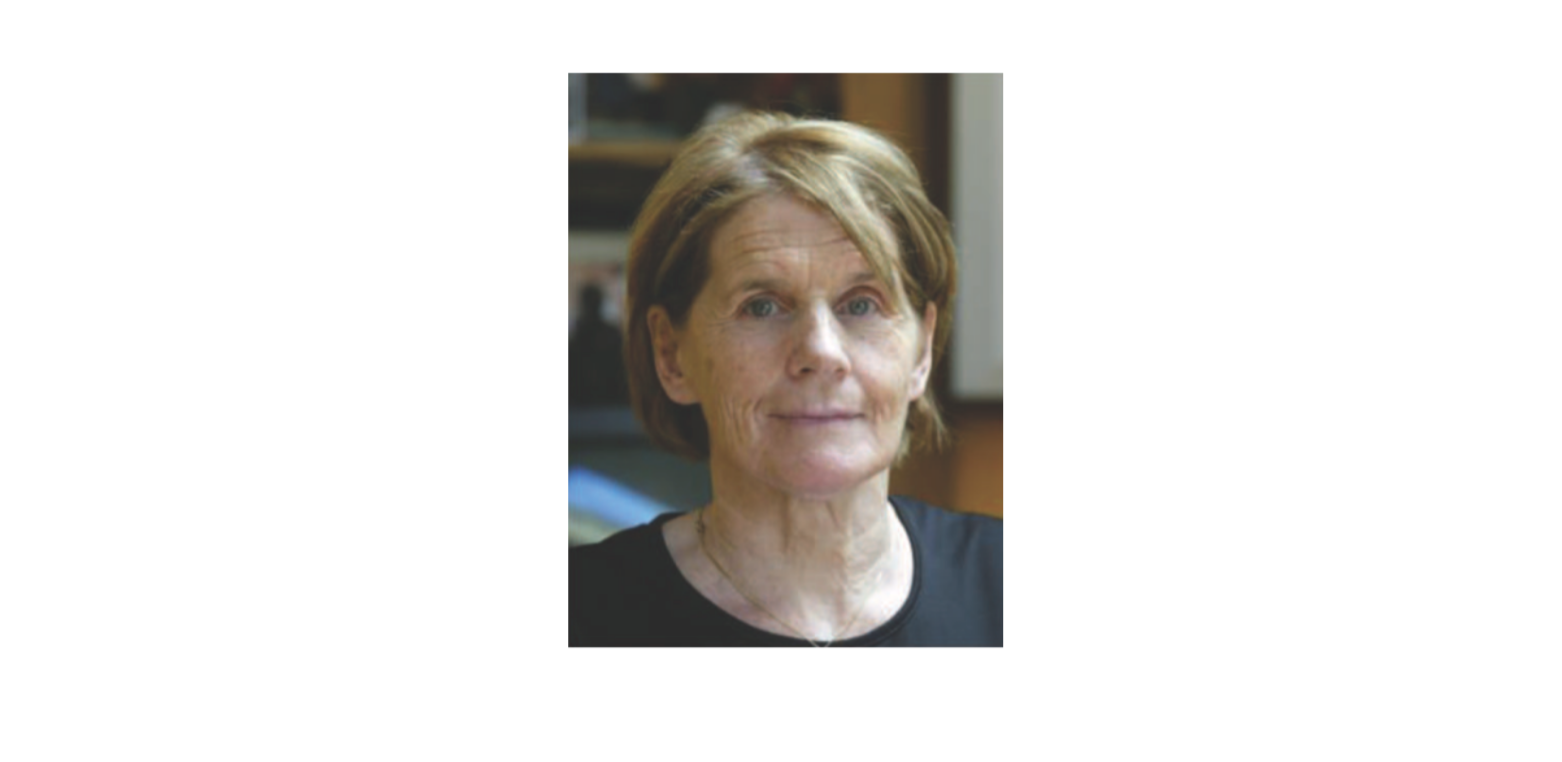
 It is slightly over two centuries since the whole human family rejoiced over the abolition of slave trade. It was then hoped that no human being would be subjected to such inhumane treatment and over the centuries this kind of thinking has been emphasised in the human rights discourse. However, what the world is witnessing now is “history repeating itself”. Slave trade is back but in a different form; the form of human trafficking. Just as slave trade was terribly offensive to human dignity and to God, so is human trafficking. According to the 2006 US Department of State Trafficking in Persons Reports, about 800,000 people are trafficked across international borders with many more within national borders annually. Most of these are women and children. Human trafficking therefore is a growing worldwide phenomenon which requires that every opportunity that fosters it, be fought ruthlessly so that human dignity is promoted for everyone.
It is slightly over two centuries since the whole human family rejoiced over the abolition of slave trade. It was then hoped that no human being would be subjected to such inhumane treatment and over the centuries this kind of thinking has been emphasised in the human rights discourse. However, what the world is witnessing now is “history repeating itself”. Slave trade is back but in a different form; the form of human trafficking. Just as slave trade was terribly offensive to human dignity and to God, so is human trafficking. According to the 2006 US Department of State Trafficking in Persons Reports, about 800,000 people are trafficked across international borders with many more within national borders annually. Most of these are women and children. Human trafficking therefore is a growing worldwide phenomenon which requires that every opportunity that fosters it, be fought ruthlessly so that human dignity is promoted for everyone.
What is human trafficking? According to the ‘United Nations (UN) Protocol to Prevent, Suppress and Punish Trafficking in Persons, Especially Women and Children’, human trafficking is “the recruitment, transportation, transfer, harboring or receipt of persons, by means of the threat or use of force or other forms of coercion, or abduction, of fraud, of deception, of the abuse of power or of a position of vulnerability or of the giving or receiving of payments of benefits to achieve the consent of a person having control over another person, for the purpose of exploitation.” This definition suggests that human trafficking is a process involving different stages; recruitment, transportation and exploitation. Its main purpose however, is the exploitation of the victim for financial gain or sexual satisfaction or both. People are trafficked for prostitution, removal of organs, illegal adoption and sex slavery. Human trafficking is therefore different from human smuggling, a process in which a client is transported to his or her desired destination by a criminal group in exchange for some payment upon arrival and this relationship ends without exploitation of the client.
No single reason adequately explains trafficking in persons. However, it is recognised that the behaviour to engage in this business lies in the existence of deep structural incentives. Poverty is one of the structural factors that foster human trafficking. Often, a search for a better life somewhere where there seem to be opportunities to escape poverty, hunger, disease, limited education opportunities, often provides a huge incentive. Traffickers are said to prey on this weakness and offer promises of jobs, marriage and opportunities for school or in general terms, a better life. Anyone can be a victim of trafficking but situations of desperation such as poverty puts many at risk.
Some of the opportunities traffickers seize to maximize their profits are high profile world events that tend to bring people together. An example of such opportunities is any sports event which usually brings into countries an influx of tourists. South Africa hosts the 2010 World Cup. While football is a popular game to many and perhaps a significant number of fans in Africa appreciate that the event taking is place at “home”, serious concerns are being raised of increased human trafficking .This concern has been expressed by Churches, civil society organizations, human rights groups and governments both in Africa and elsewhere around the globe. But the single question one might ask is; are these fears founded especially given that there was no marked increase in trafficking during the last World Cup in Germany? In other words, why should South Africa 2010 worry anyone?
Prior to 2006 World Cup in Germany, similar concerns were raised notably by the European Parliament and by human rights groups in Germany that the event would increase human trafficking for sexual exploitation especially that prostitution is legal there. To the contrary, statements from experts and research done indicated that no such increase in human trafficking occurred during and after the World Cup. Among the reasons given is that human trafficking requires a lot of investment and logistics and no trafficker would want to waste resources on such a short and one time event where they would yield little or no significant benefits. One could therefore conclude that the fears expressed were unfounded. However, it is also stressed that the campaigns conducted prior and during the event as well as police alertness, had some positive impact on the lack of any significant increase. Considering Germany’s experience, one would find no strong basis to be concerned about human trafficking in the event of the World Cup.
Given the Germany experience, does South Africa 2010 then really offer possibilities of an increase in human trafficking? Yes and in a big way. Like Zambia, South Africa is already known to be a destination and a transit point as well as a source of human trafficking. People are trafficked into South Africa from countries such as Zambia, Mozambique, Zimbabwe and Malawi. However two factors provide the likelihood of increased trafficking. One is that the 2010 World Cup will be held after a major economic crisis whose effects will still be felt for the next few years and the other is that it is taking place in a region with some of the poorest populations in the world with limited access to sources of information. The two factors provide a very different context to that of the last World Cup.
It is a well known fact now that global financial crisis which began in 2008 has led to “a shrinking global demand for labor and a growing supply of workers willing to take ever greater risks for economic gain.” In Zambia, for example, one of the effects of the global crisis is loss of jobs especially in the mining industry. For instance in March, 2009, out of the approximated number of 50,000 mine workers, 19,000 were laid off. Loss of a job for one person in Zambia means hundreds of people will have limited access to basic needs such as food, education health care and shelter because many Zambians especially those in formal employment, are relied upon not only by their own nuclear families but also by many other extended families members. The effects of the crisis will continue to be felt for few years although it must be noted that for many countries in the region, this crisis has just emphasised the poverty that already exists. Women and Law in Southern Africa (WLSA) acknowledges that vulnerability to trafficking, especially of women and girls, within Southern Africa is compounded by the high poverty levels. Traffickers prey on the weak. It is therefore no exaggeration that if not much is done in terms of prevention and protection, traffickers will seize an opportunity to accrue maximum profits from this event.
While poverty provides grounds for deception into being trafficked, ignorance can do as much. The poor, who tend to be the majority in many countries in the region have little or no access to sources of information. Their basic disadvantage is often lack of formal education. Thus little or no information may get to them especially if there are no deliberate efforts to sensitise them.
With these two factors and other unforeseen ones, it is no exaggeration that traffickers, who prey on desperation, will seize an opportunity to accrue maximum profits from this event. Many reports on human trafficking show that traffickers (at least at the point of recruitment) are the people we know and trust that they would want the best for us. Therefore it is quite easy for them to employ sophisticated methods to coerce and win would-be victims. How effective can we be in fighting this practice before the World Cup and beyond?
Arming the public with critical information on trafficking and the dangers this entails is especially crucial in the next months. The Bemba Proverb “Ukwali insoke takwafwile muntu (literally translated: Where a warning was given, death was prevented) stresses the importance of information in preventing would be victims. Armed with information, the public is likely to recognise when trafficking is occurring and perhaps be able to identify traffickers. To do these, there is need for coordination between governments and Civil Society Organisations so that prevention strategies developed by either is supported by others.
Furthermore, putting in place anti-trafficking laws and policies is a positive step in so far as it provides a legal mechanism for seeking justice for victims. The new anti-trafficking law in Zambia, for example criminalizes all forms of trafficking with penalties ranging from 25 years to life imprisonment. However, that law should not just appear on paper and be forgotten about. It must be taught to the public so that people get know what to do should they come across an incidence of human trafficking. Often, when the law is appropriately implemented, it can deter potential offenders from contravening it.
In addition, to work towards eliminating human trafficking (which is very possible where there is political will), it is extremely important to have an accurate picture of the factors driving this practice which should inform activities to counter it. In Zambia, we know, as earlier stated, that one such factor is poverty. One remedy to counter poverty therefore, is to institutionalise Economic, Social and Cultural Rights, which, if fulfilled, have the potential to bring many citizens to a higher standard of living, thus reducing possibilities of the occurrence of incidences of human trafficking.
To conclude, with or without accurate statistics, human trafficking is happening. Even if it is one person being trafficked, particular attention needs to be paid to this practice, as this individual’s human dignity and freedom are compromised. It is therefore the duty of everyone to address the structures and systems that create and perpetuate human trafficking and to be alert to events that are likely to facilitate trafficking in persons. South African 2010 World Cup should worry us and compel us into action.







